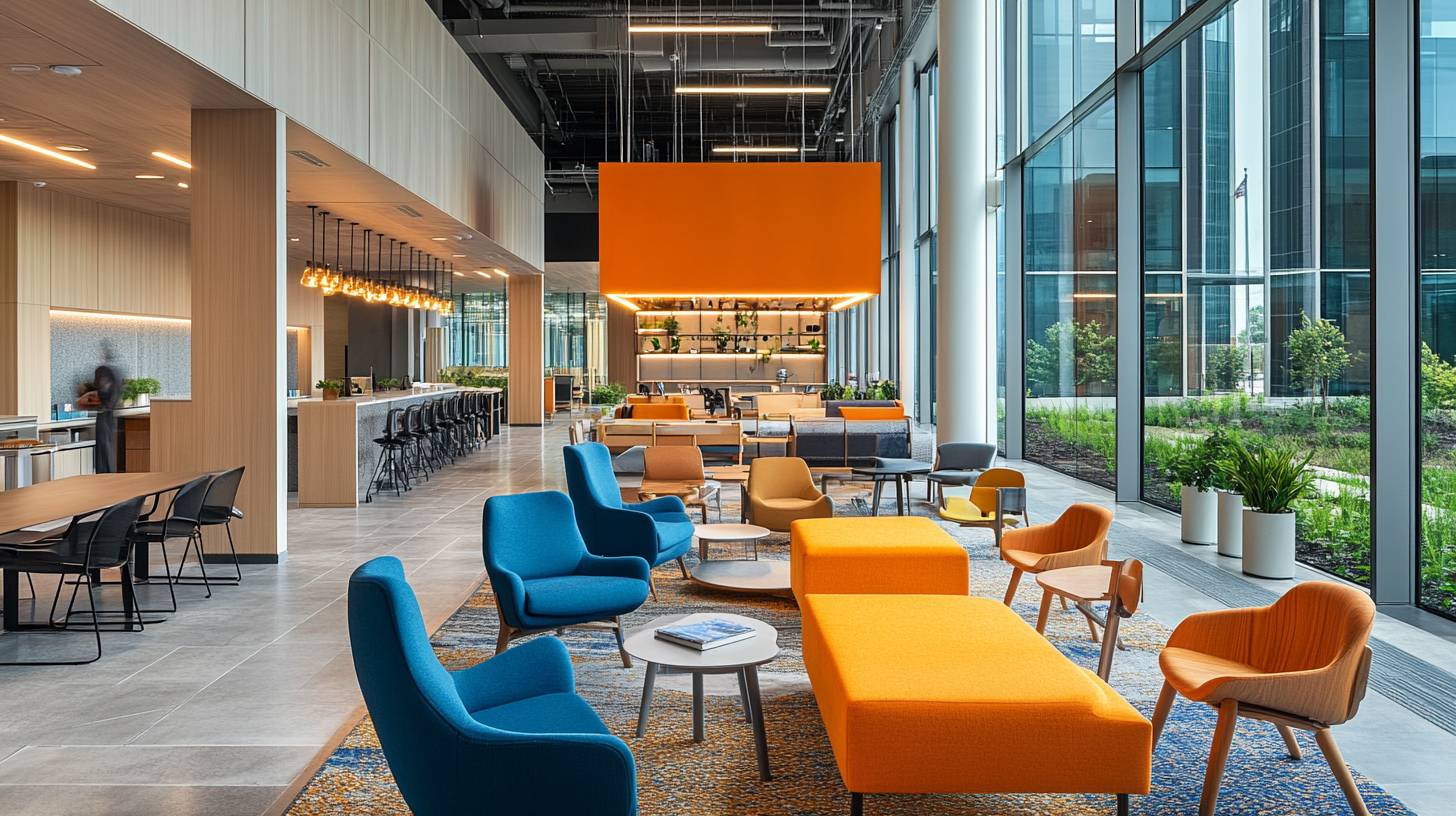
Dell Requires Full Return to Office for Global Sales Team
Dell Technologies (DELL) has taken a firm stance, requiring its global sales personnel to come back to the office for five days each week. This change, shared in a memo on Sept. 26, signifies the end of remote work for the majority of sales staff, starting from Sept. 30. This policy is enforced for all roles, except for those remote sales employees who cannot access a Dell office. These individuals will continue working remotely, with more instructions anticipated in the upcoming weeks.
The memo, initially reported by Business Insider, underscores the significance of in-person collaboration, highlighting that the sales environment is a “unique setting” promoting high energy, teamwork, and ongoing development. Dell’s executives are convinced that these aspects are essential for skill enhancement and boosting overall productivity. The company also referred to internal statistics indicating that sales teams achieve better outcomes when working onsite.
This new policy builds upon Dell’s previous return-to-office (RTO) guideline from February, which mandated that most staff work onsite three days a week, with a minimum of 39 days per quarter. To monitor adherence, Dell began tracking employee presence through badge swipes and VPN connections. Nonetheless, the new five-day requirement signifies a considerable escalation in the firm’s RTO strategy, mirroring a broader shift in corporate priorities as companies respond to swift technological changes.
While Dell recognizes that this alteration may disrupt established expectations, the company argues that it is essential for maintaining competitiveness in a changing market. The memo emphasizes the necessity of in-person interactions, especially as the organization explores opportunities presented by upcoming technologies like artificial intelligence (AI). Dell’s leadership is optimistic that returning to the office will enable the sales team to stay ahead in an agile industry.
Wider Corporate Shift Toward In-Office Work
In recent times, the corporate environment has noticed an increasing trend towards reinstituting in-office work, with Dell’s recent decision representing just one case. Major corporations from various industries are progressively retracting the flexible work arrangements that became standard during the pandemic. For example, Amazon has declared that by January 2025, its employees will be required to work from the office five days a week, effectively putting an end to its hybrid work model. Amazon’s leadership, similar to Dell’s, has stressed the significance of in-person collaboration, with CEO Andy Jassy stating that teams are more cohesive and productive when they work together in a physical location.
This trend extends beyond the tech industry. In Australia, companies such as Commonwealth Bank and Telstra have also begun to tighten their remote work policies, urging employees to spend more time in the office. For instance, Commonwealth Bank recently mandated that staff return to the office for at least 50% of their working hours, pointing to the need for enhanced collaboration and innovation. Likewise, Telstra has encouraged its employees to increase their in-office attendance, especially for roles where face-to-face interaction is advantageous.
For Australian enterprises, the return-to-office trend is influenced by several reasons. Firstly, there is an increasing belief that in-person work nurtures stronger team dynamics, leading to improved decision-making and quicker problem-solving. Secondly, as companies make significant investments in new technologies like AI, there is a perception that these advancements demand more collaborative efforts to fully realize their potential. Finally, many organizations seek to maximize their real estate investments, given that office spaces have experienced significant underutilization over the past few years.
However, this transition has faced some pushback. Workers across various sectors have expressed concerns regarding the loss of flexibility and its repercussions on work-life balance. In Dell’s scenario, reports indicate that a considerable segment of its workforce has continued to work remotely despite prior RTO directives. Similarly, some employees in Australia have resisted stricter office attendance mandates, contending that they have been equally or more productive when working from home.
As discussions regarding the future of work persist, it remains to be seen how Australian companies will manage the balance between remote and in-office work. Although the push for enhanced in-person collaboration is gathering traction, employee demand for flexibility is unlikely to wane in the near future. For the time being, businesses must meticulously consider the advantages of in-office work against the expectations of a workforce that has grown used to the liberties of remote work.

